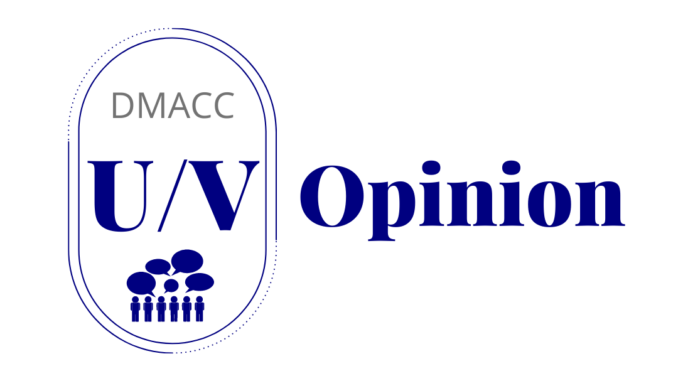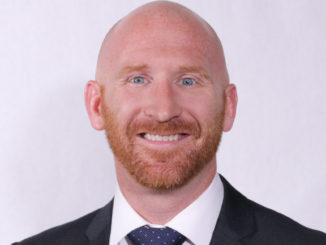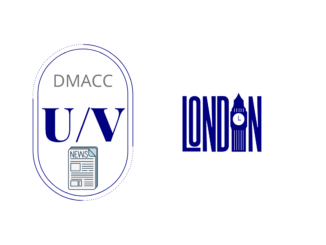
In a time where people in the United States have to undergo unnecessary suffering from health issues and autoimmune diseases because they can’t afford treatment, healthcare is a vital American right. In 2019, 28.9 million nonelderly individuals were uninsured, an increase of more than one million from 2018. This number has increased by at least ten million since the beginning of the COVID-19 pandemic last year. According to the WHO, “Universal health coverage means that all people have access to the health services they need, when and where they need them, without financial hardship.
The United States is one of the only first-world countries in the world that doesn’t offer health services to all of its citizens. Instead, our health care is usually provided through our jobs with private companies. Public healthcare providers like Medicare and Medicaid are funded by the government, but everyday citizens aren’t entitled to these privileges without being eligible.
In places like Germany and Scandinavia, the majority of healthcare is publicly funded through taxes, yet their spending on healthcare annually is half of what ours is. Healthcare spending in the US is higher than any other country’s spending. In terms of dollars spent, the average per capita health care spending of OECD [Organization for Economic Co-Operation Development] countries is $3,558, while in the U.S. it’s $10,207 – nearly three times as costly.
The regular American family with private insurance spends over half of what an average European family spends with free healthcare. We also don’t receive higher quality care, we just flat out spend more on the treatment and care we need.
The reason why private insurance is so expensive is that hospitals and pharmaceutical companies are businesses always looking to increase profits. When there’s a small group negotiating on what to pay for services, in a time of need, a patient will pay whatever it takes to receive sufficient care, Hospitals take advantage of that vulnerability and charge people in need a highly inflated rate.
When the government controls the prices hospitals and doctors charge for their services, the bill is going to be significantly lower than it is when private insurers have the freedom to set their own prices on care. If hospitals decline the government’s bid, they lose massive amounts of patients, which makes them profit.
The main argument against free healthcare in the United States is that it will be more expensive than privately insured healthcare, but overall, this is untrue. A “single-payer, universal health-care system is likely to lead to a 13% savings in national health-care expenditure, equivalent to more than US$450 billion annually (based on the value of the US$ in 2017).
The idea of free healthcare has been a politically debated topic for decades, which has made free healthcare seem like a “socialist” idea. The wait time and quality of care between countries with publicly funded healthcare are no different than families insured through private companies. With more money being saved overall by Americans and more people being able to visit the doctor when feeling ill, more healthcare facilities will create more jobs and open more care facilities to take in and care for more patients.
Free healthcare in the United States will be hard to establish and has many critical viewpoints, but it’s important to realize that caring for everybody will benefit every individual and family. With affordable care, people will visit the doctor more for treatment and prevent them from spreading disease for more people to contract. In a country with the highest amounts of cancer, heart disease, diabetes, and now COVID-19, quality healthcare available to everybody is a must.




Be the first to comment